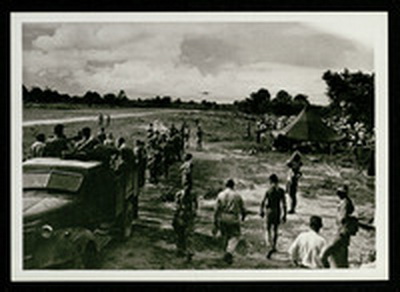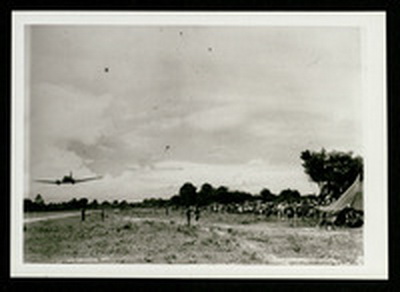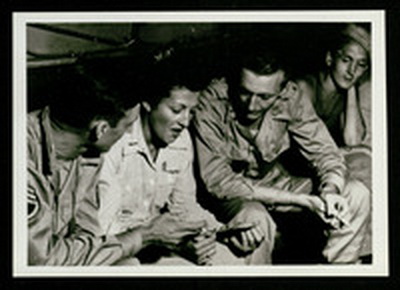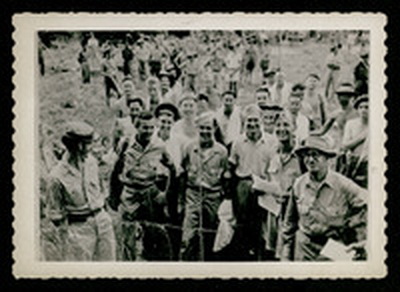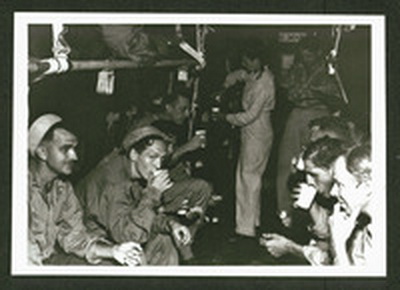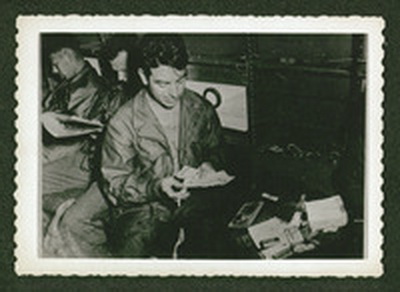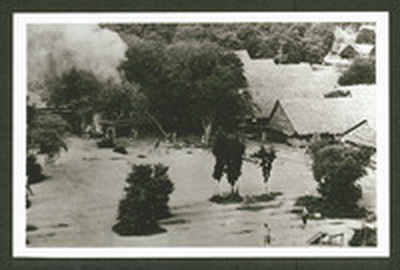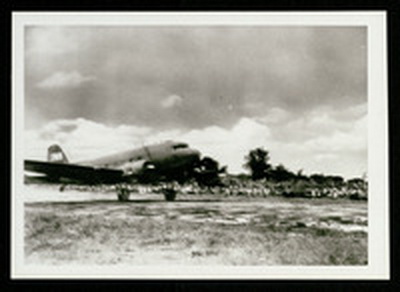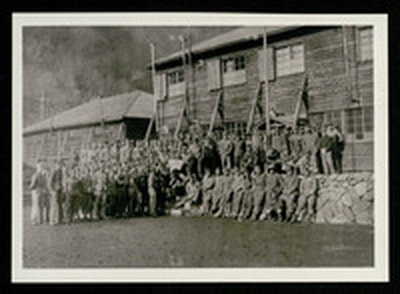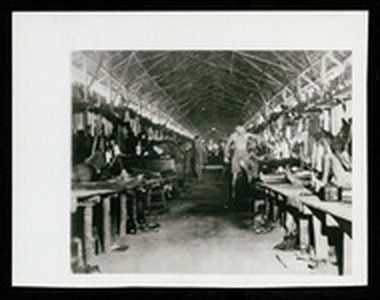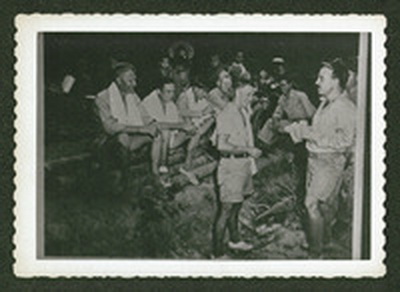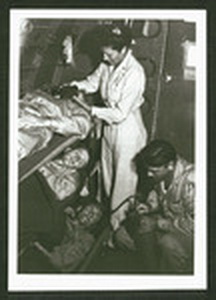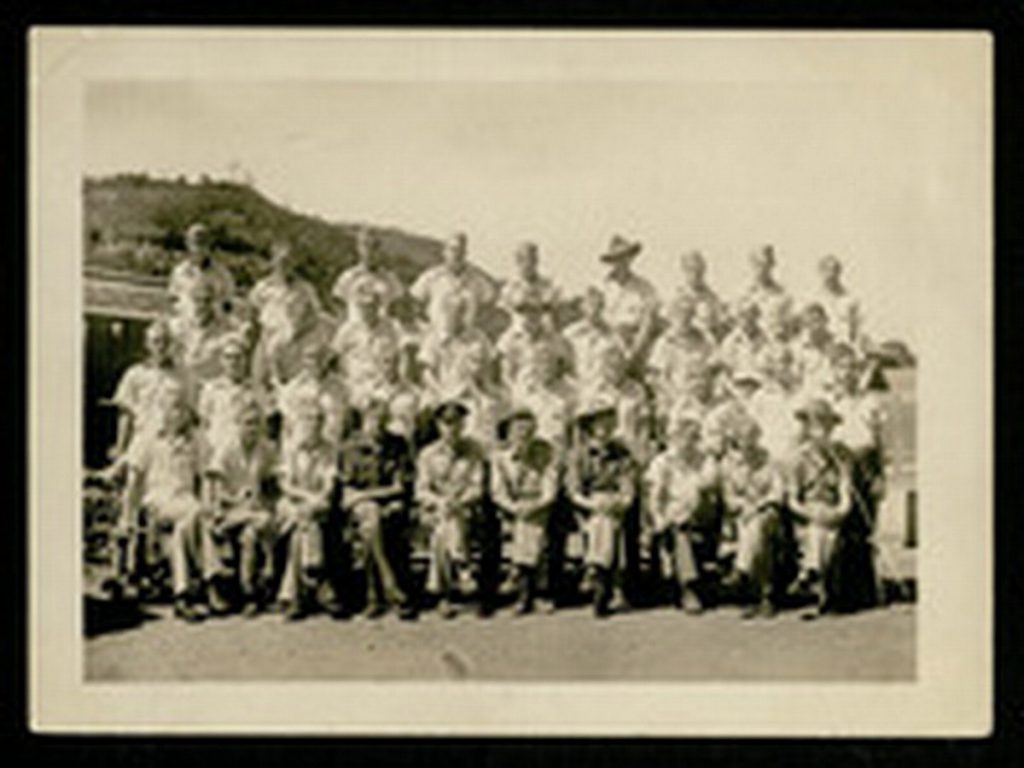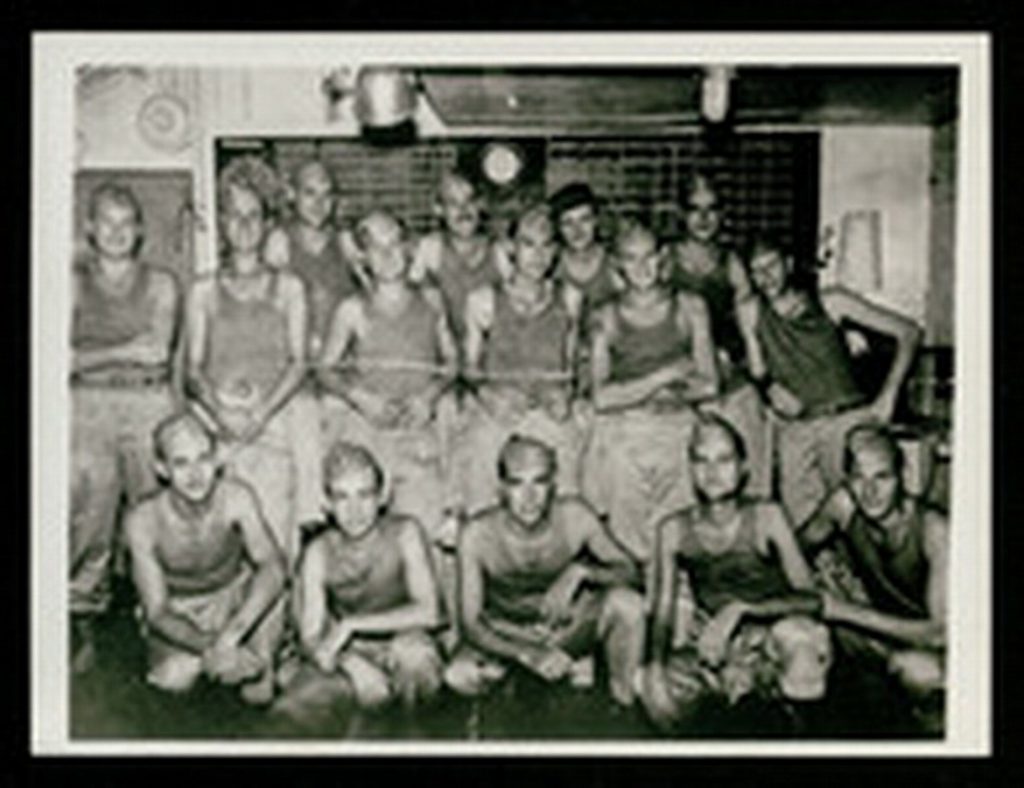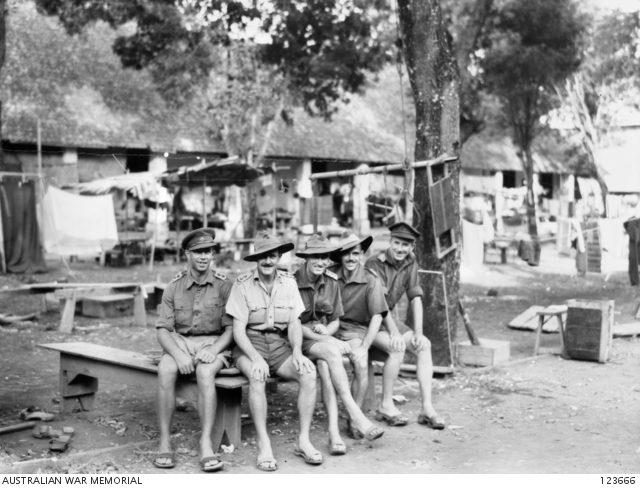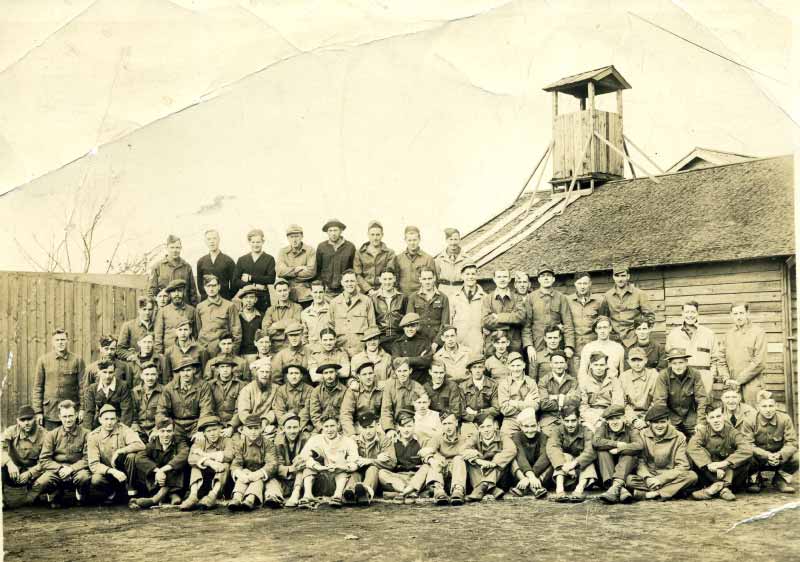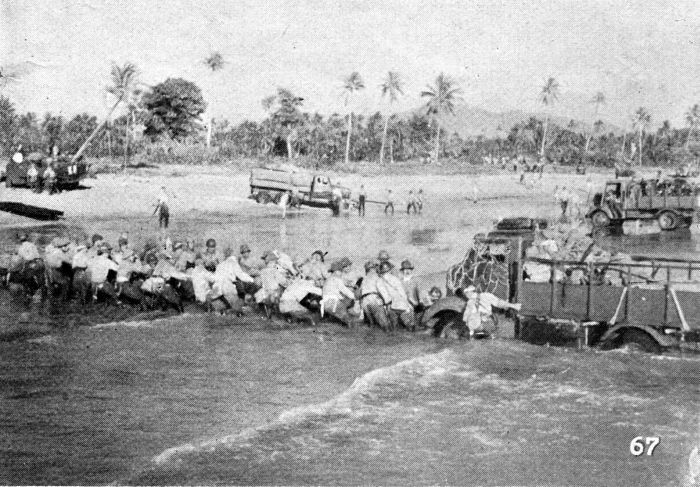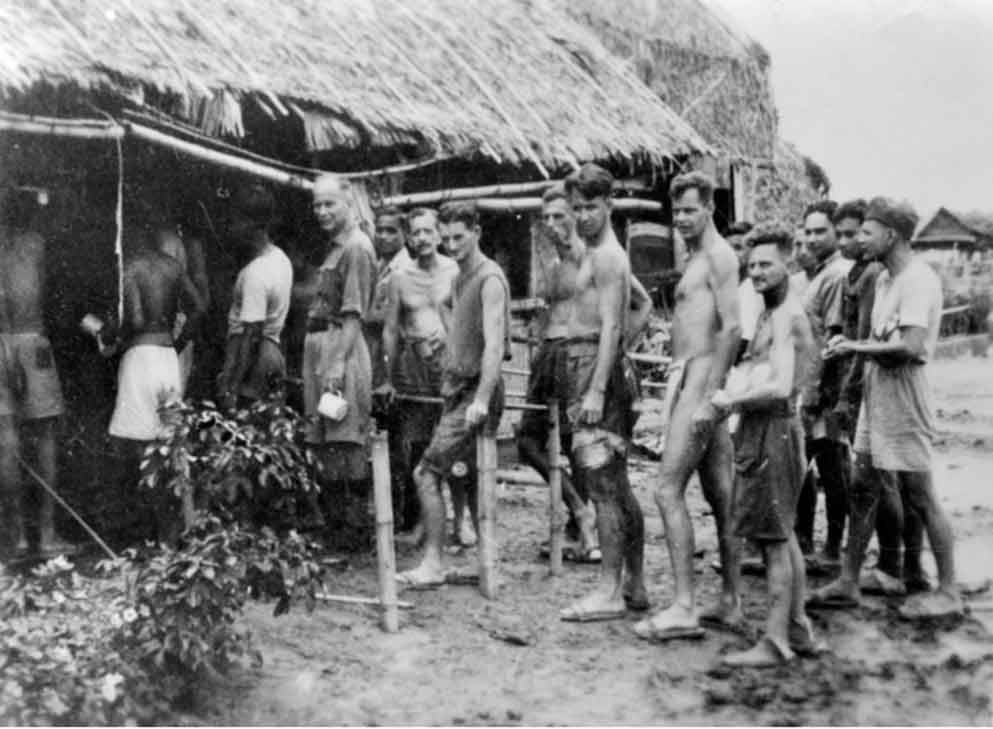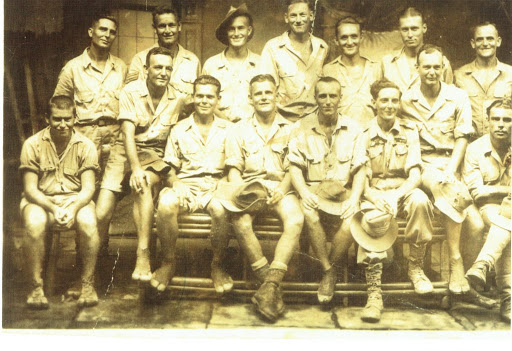The news of the surrender of the Japanese spread rapidly across Thailand. In a few cases, the camp commanders made official announcements saying little more than “the war is over”. In other places, the POWs awoke to find their guards gone and they were on their own. For the most part, the officers in the camps re-assumed their command positions and kept the men confined until official plans were made. But also the Thai people, aware of the plight of the POWs which they could do little about until the war ended, stepped up to provide unimaginable amounts and varieties of food for the now ex-POWs.
On the Japanese side, dozens of OSS and SOE personnel suddenly appeared to take charge and accept the surrender of the various IJA units. These men had parachuted into Thailand mostly in 1945, as the war was turning against the Japanese for fear that they might try to execute the POWs. Their job was to recon the camps, count the numbers and prepare to intervene via the Seri Thai if there were preparations for extermination.
With their relatively small numbers, the US POWs were quickly consolidated into Bangkok and flown out to a hospital in Calcutta. Most were back in the USA — in hospitals if not actually at home — by the end of 1945.
Again, these photos were mainly taken of British and Australian ex-POWs. Many of them by what the Australian military termed survey teams who were sent to ensure that all the survivors were accounted for and then to search for the remains of the deceased.
The following photos are taken from the public domain of The University of Houston USS HOUSTON Digital Collection. All purport to be of US POWs at the time of liberation and movement to India.


























